A version of this article originally appeared on VICE Asia.
Nikuguso Tarou is not your average artist.
The Japanese comedian describes himself as "the embodiment of Bakemono (Monster)," but believes that "even those who look like me have the right to pursue kawaii," or "cuteness." He says he's created art "for all the people who are afraid to embrace the otome, or young girl, that lives in everybody," according to his artist bio.
On Friday, April 5, Nikuguso Tarou, a.k.a. Cookie, will display his illustrations at Artexpo in New York—his first foray into the American art world. His first collection, Cookie Land (2017), was produced by the Shibuya City Tourism Association and featured Shibuya Crossing-themed installations, paintings, film, and a live performance. Now, the same show is coming to New York.
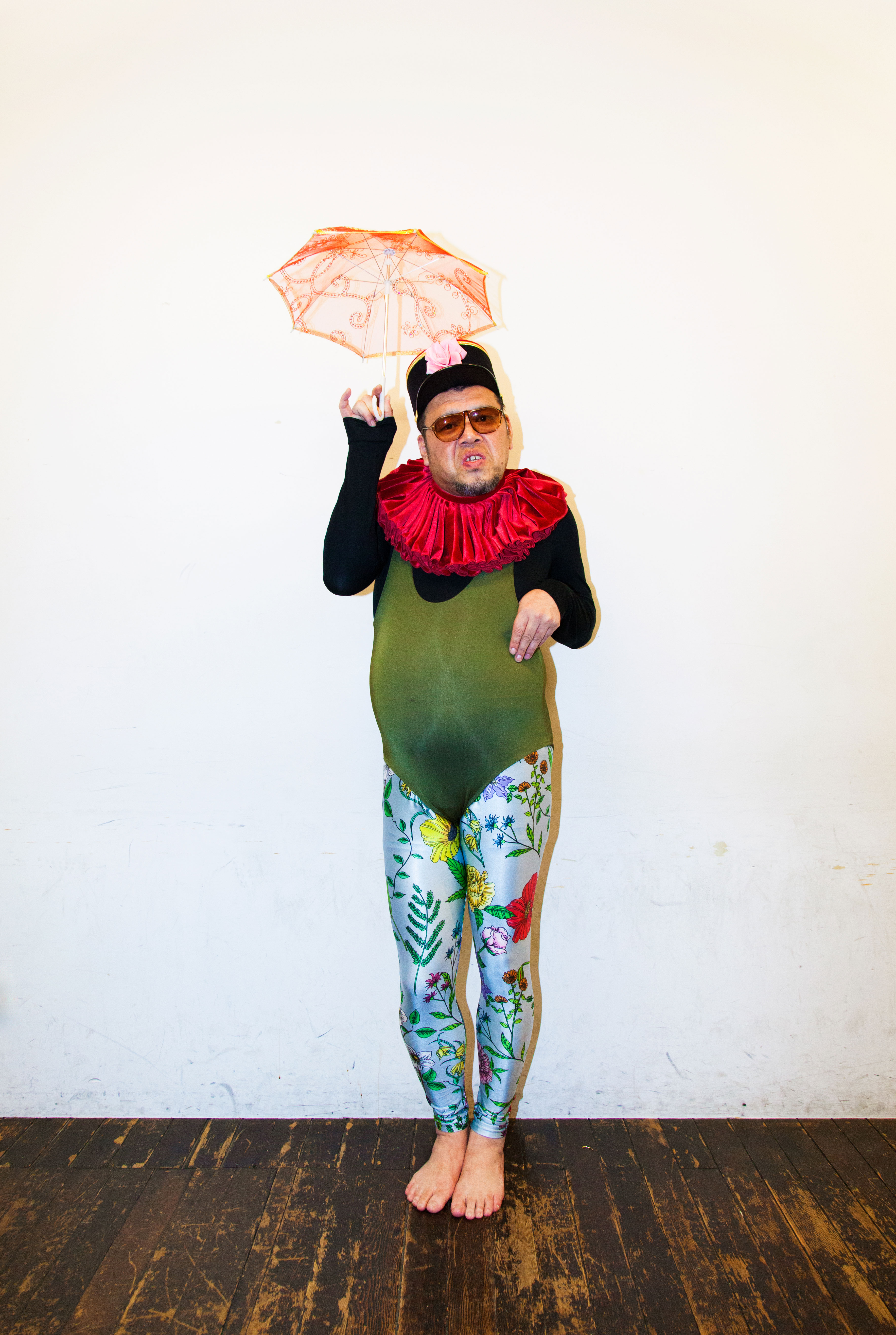
While his art has attracted thousands in Japan, will it get the same reception overseas? VICE Asia sat down with Cookie to talk more about his work.
VICE: Tell us why you started Cookie Land?
Cookie: At first, I was just compiling the portraits I drew and my Instagram posts. There was a fashion show in Shibuya in 2017, and I was asked if I could do something at Laforet in Harajuku. On opening day, there was a line all the way from the basement to the venue. There was also a limited collaboration with Sofubi [a manufacturer of Japanese soft vinyl toys] for the event, and some speculated that it would become a collector’s item.
So now the show goes to New York, where you’ll be exhibiting at Artexpo. What work are you planning to show?
This is another thing my agency told me to do. [Laughs] All the work will be new. I don’t want to sell my older pieces since I’m attached to them now. So I’ll be creating pieces that I don’t mind selling, ones that I’m not attached to. [Laughs]
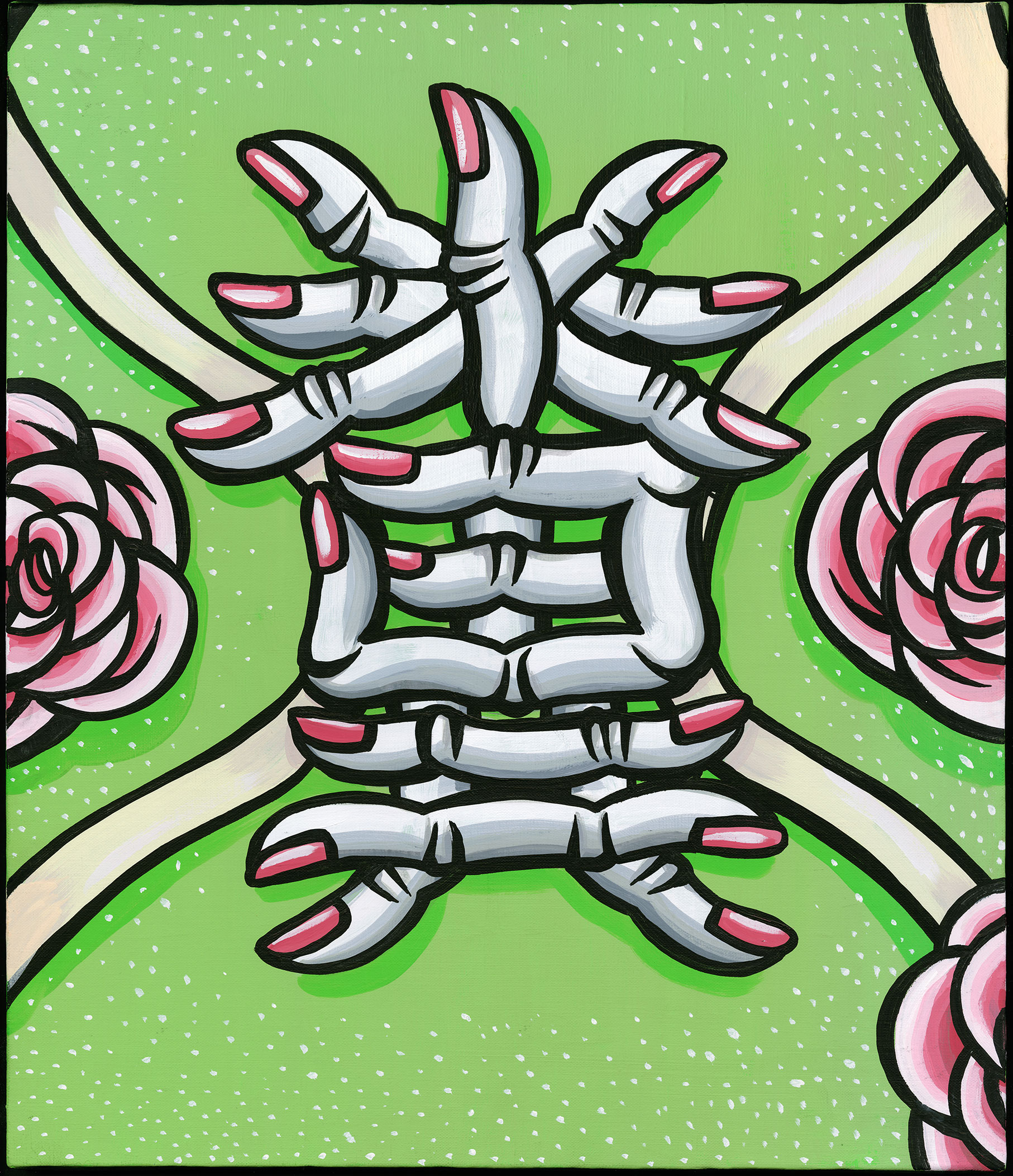
Do you ever try to illustrate comedy in your artwork?
I guess so. I’m not against comedians making visual art, but more often than not they tend to take their art too seriously and become overly emotional, in my opinion. That's not my style—nor do I have the skills or brains for serious art. So if I tried that route, it would be more gross than funny. My comedy is gross to start out with. [Laughs] So there you have it, this is what I make.
It feels like when comedy tries to cross borders, language always gets in the way. There’s a difference in how different languages express ideas. Do you feel like you’re able to reach a wider audience through abstract expressions in visual art?
Do I feel like I’m reaching a wider audience? This is also true of myself as a comedian, but I don’t pay attention to how others react. It’s as if I’m exposing my work by simply drawing somebody’s face in my own way and creating a cute kind of character. So perhaps people will think as a group that something’s funny or gross, and feel the same way. I think some people are offended as well.
Are you interested in being active internationally?
Yeah, sure. I like it. I was in Paris for work once, wore a leotard, and walked around the city. My style of comedy isn’t for everyone. Some detested it, and some approached me to take photos. A man working at a fruit stand was particularly eager about my comedy, and younger people generally weren't. The general reaction was the same as I’d get in Japan. So I figure that since I’m fairly popular in Japan, there will be people overseas who will accept my style as well.
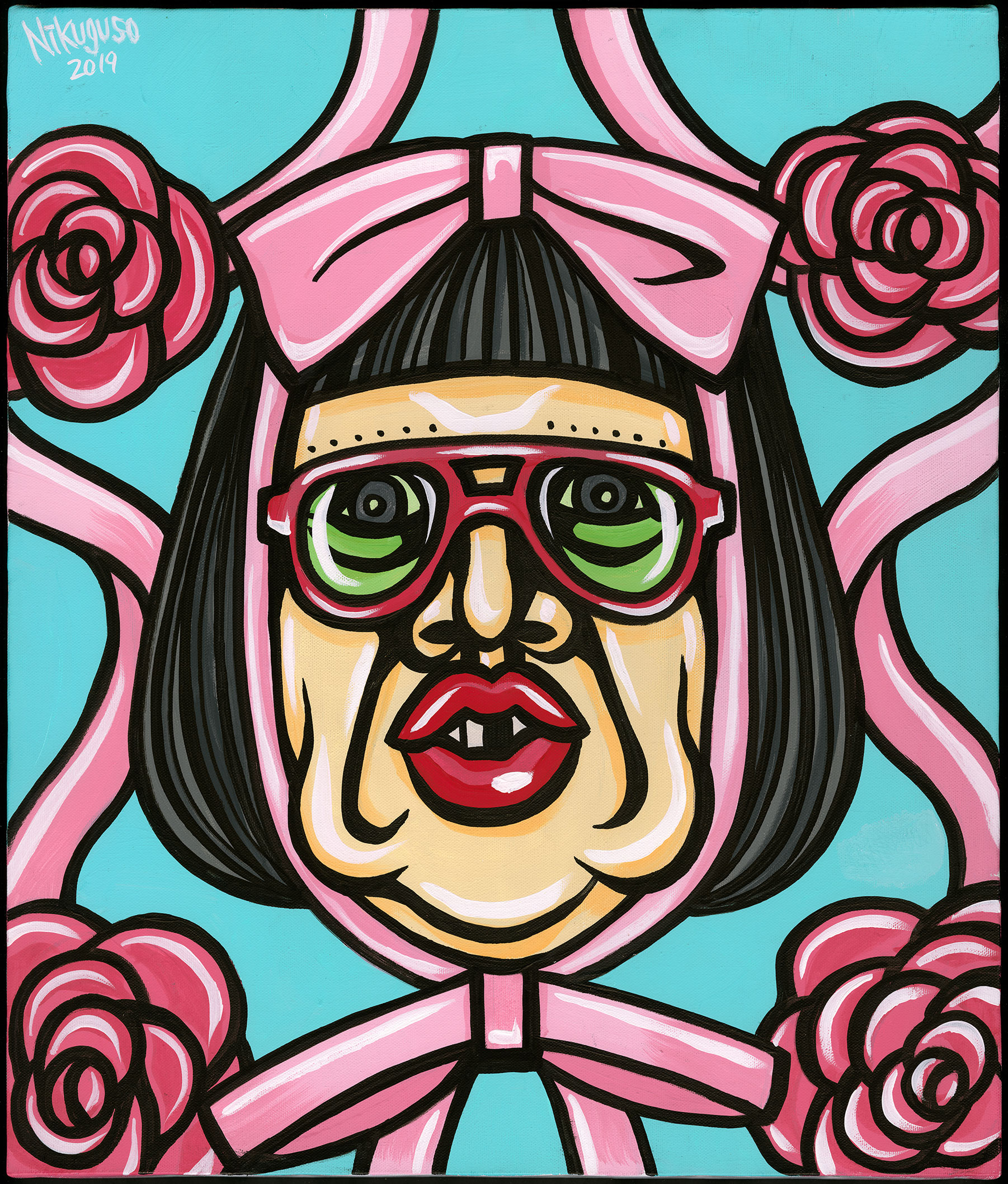
What is it you want to tell Americans through this series?
I’m not thinking about anything. I procrastinate a lot. Is it better for my art to carry a deeper message for Americans?
It would seem so, in the modern art world. The audience seems to want logical explanations for everything.
I also hear that they teach students how to explain their art in [American] art schools. I think that’s uncool. I feel like visual art that gets questioned for explanations is uncool. If somebody came to ask me, 'What does this piece mean?' I would tell them it doesn’t mean anything at all. Or I'd tell them to think about it themselves. I can explain that this one is the oldest sister and so on, but there’s no political meaning behind my work anyhow.
When you do visual art, is your mind in a similar place to when you prepare a comedy skit?
I think so. I can’t flatter myself—there’s a line between what I really like to do, which is comedy, and something else that may end up being more popular. That’s becoming clear, so I’m kind of bashful about doing visual art. It must stem from my insecurities about not looking fashionable.
So you’ve been doing this the whole time, and people around you were celebrating it before you even knew why?
Exactly. I’ve been stubborn forever, and now I’m more true to myself.
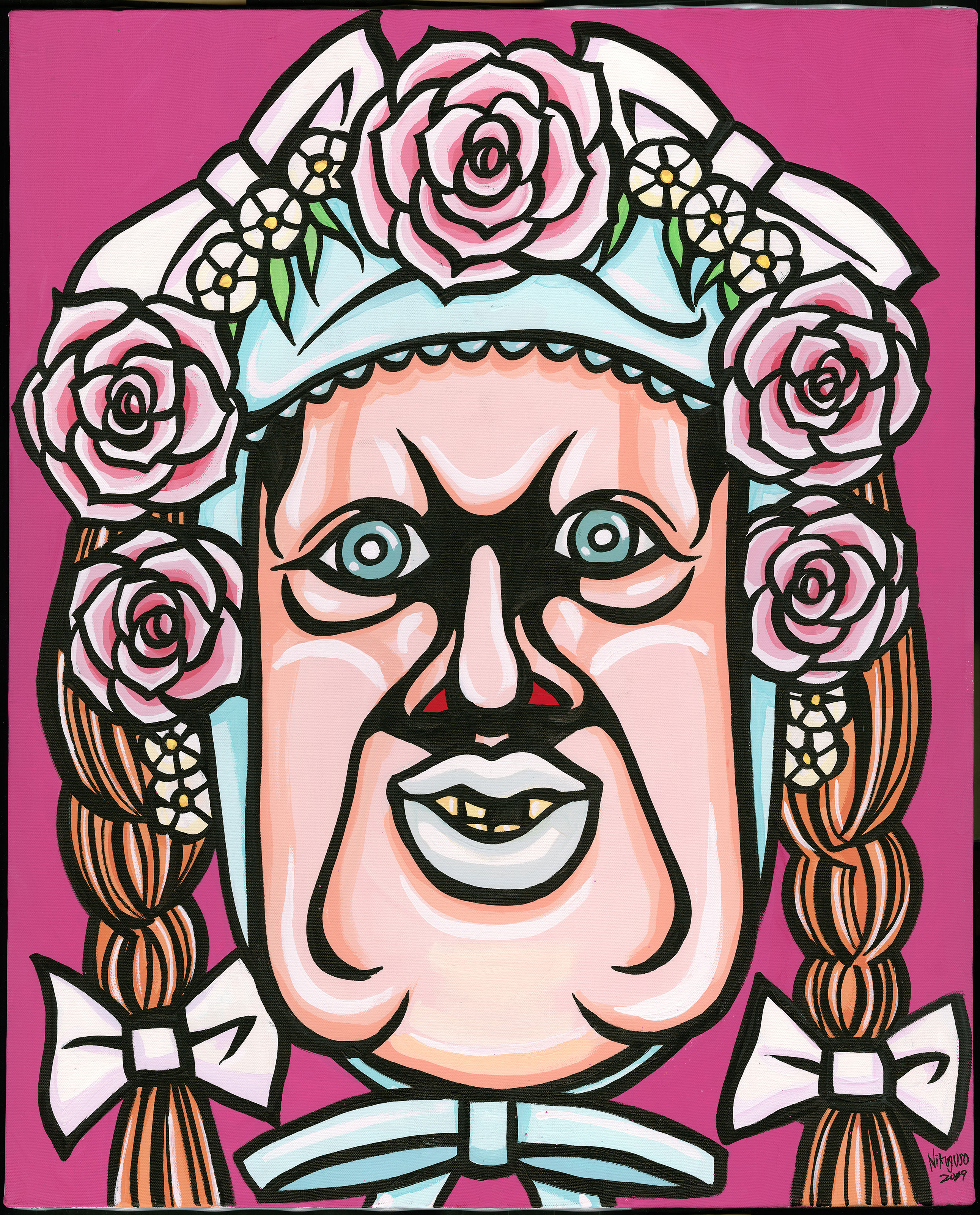
What kind of drawings or paintings did you first get into?
I’ve never even heard of Picasso. [Laughs] I had no interest in that stuff. I was more into Kinnikuman and Bukkomi no Taku.
Oh really? Like faces being beaten and bashed up?
Yeah, like Baki the Grappler.
I see. I feel like the American audience will be happy to hear that your influence comes from manga.
Yeah, like One Piece. [Laughs]
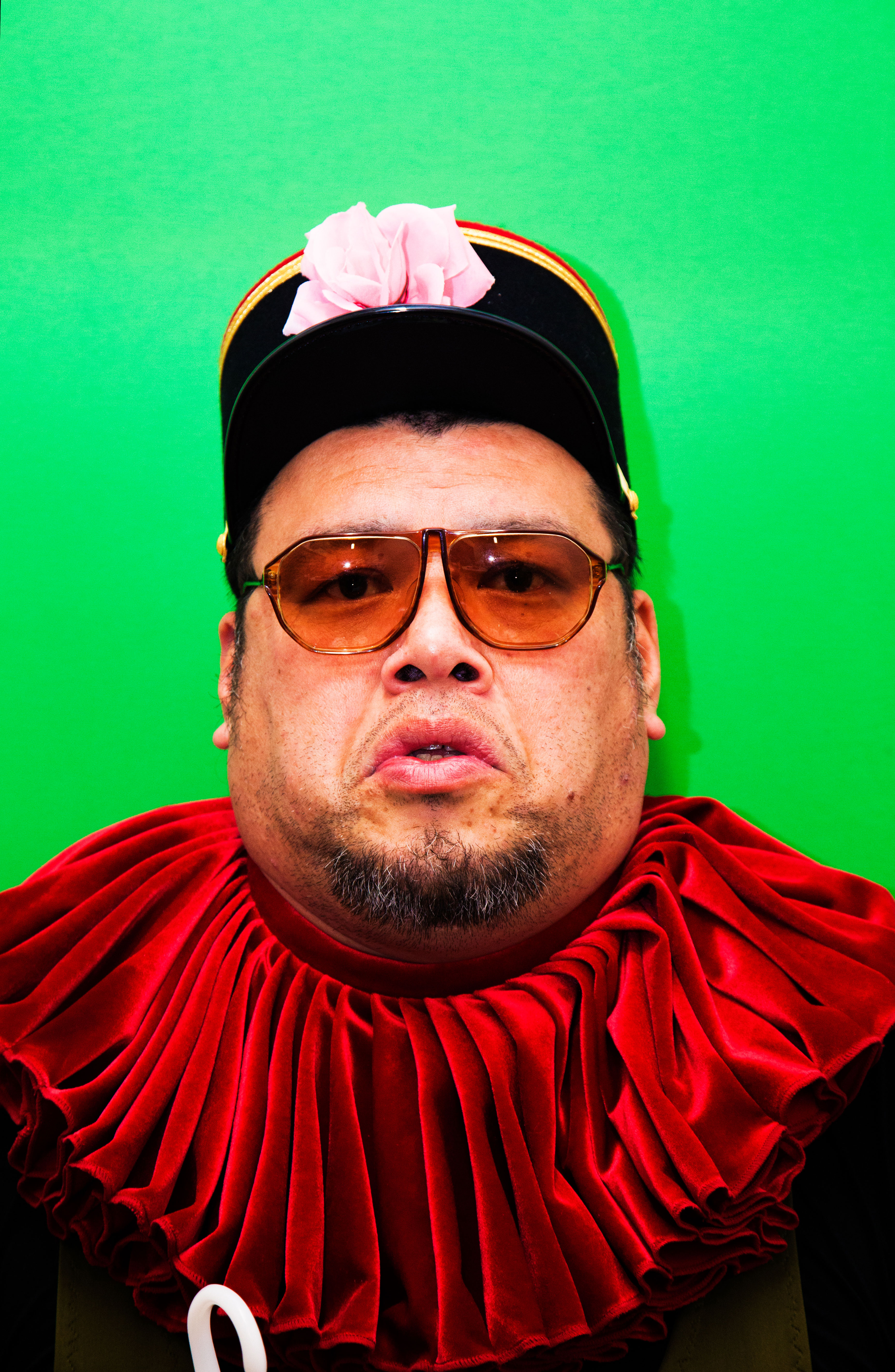
How long does it take you to make a single piece of art?
I honestly don’t want to answer that because it would make my art depreciate in value. I work so quickly. Of course, the larger pieces take longer, like the 25-centimeter size canvases. The big ones do take time. Of the smaller ones—the ones that represent kanji characters through the fingers—the Nikuguso Otome were created all at once, but all the ribbons are connected. For the Nikuguso Otome, I’ll take three hours to make four pieces. It’s a really fast process. Not very valuable now, huh?
Sign up for our newsletter to get the best of VICE delivered to your inbox daily.
Cookie Land is on display at Artexpo New York from April 4 - April 7 at Pier 90.
from VICE https://ift.tt/2YQ5Nvz
via cheap web hosting
No comments:
Post a Comment